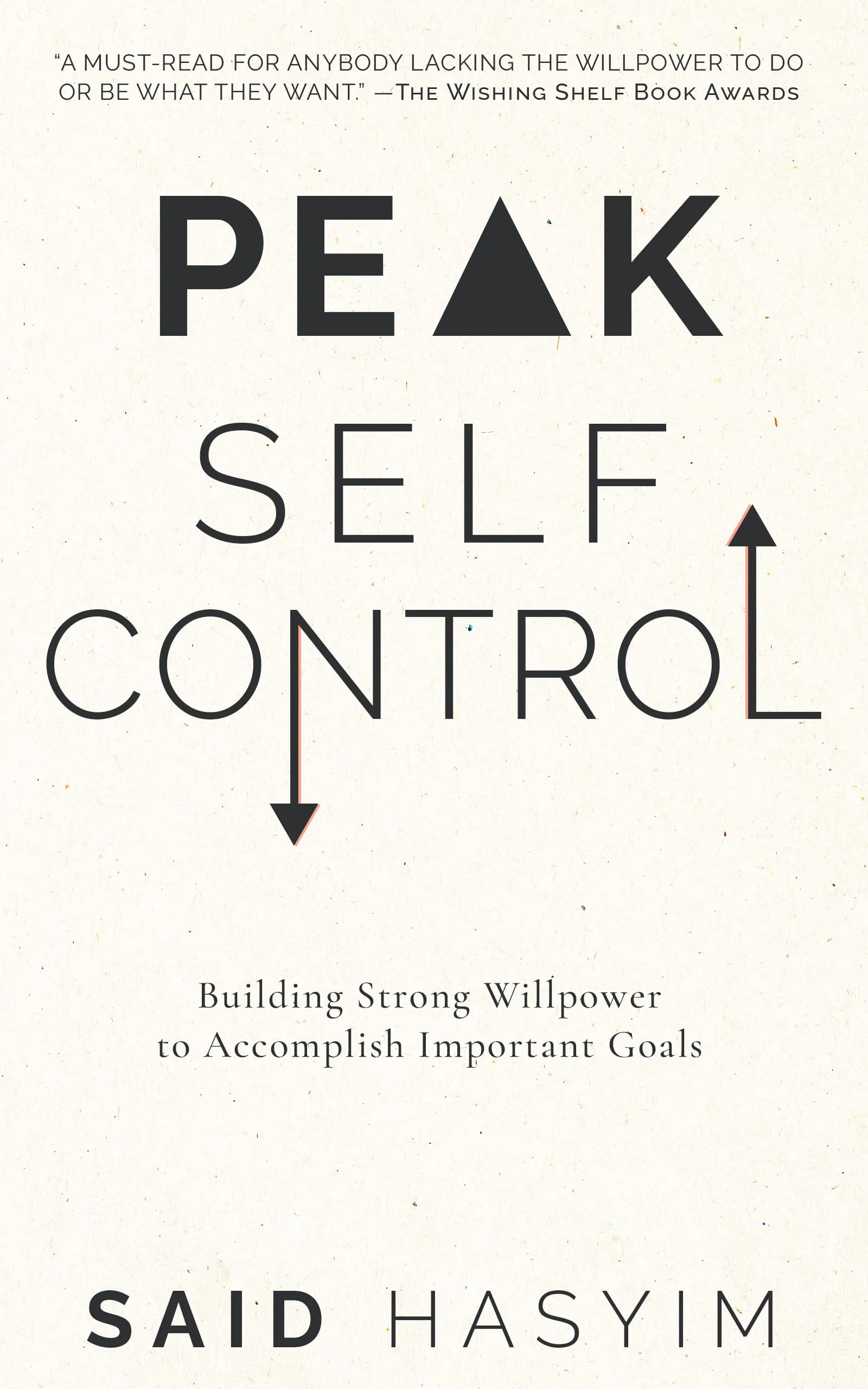The Role of Visualization in Achieving Goals
In our quest for personal and professional success, we often explore various strategies and methodologies to help us reach our goals. One of the most potent and frequently overlooked techniques is visualization. The practice of vividly imagining our desired outcomes can serve as a powerful catalyst for achieving our goals, whether in the realms of academia, athletics, career, or personal development. In this blog post, we’ll delve into the concept of visualization, its psychological underpinnings, and practical tips to effectively harness its power in your life.
What is Visualization?
Visualization is the practice of creating mental images or scenarios to rehearse or anticipate outcomes. It’s not merely daydreaming or wishful thinking; instead, it’s a structured approach to mentally simulate the process of achieving your goals. This technique has deep roots in psychology and is closely associated with cognitive behavioral therapy, sports psychology, and positive psychology.
When we visualize, we engage our brain's neural pathways as if we are actually performing the actions or experiencing the events we envision. Studies have demonstrated that the brain's responses to real experiences and imagined experiences are strikingly similar. This overlap suggests that visualizing a goal can enhance performance, prepare individuals for real-life challenges, and solidify motivation.
The Psychology Behind Visualization
The effectiveness of visualization lies in its grounding in several psychological principles:
1. Neuroplasticity
Our brains are capable of forming new neural connections throughout our lives, a phenomenon known as neuroplasticity. When we visualize success, we are effectively training our brains to accept this outcome as a possibility, thereby reinforcing the idea in our subconscious. This neurological encoding can help to change our attitudes and behaviors in pursuit of our goals.
2. Goal Setting Theory
Psychologist Edwin Locke’s Goal Setting Theory posits that specific and challenging goals enhance performance more than vague or easy ones. By visualizing detailed goals, we clarify what we want to achieve, making them more tangible and actionable. The imagery we create can serve as a roadmap, guiding our steps toward success.
3. The Law of Attraction
While the Law of Attraction is often discussed in a metaphysical context, it underscores the importance of cultivating a positive mindset. Visualization aligns with this philosophy by encouraging individuals to focus on what they desire, thus fostering a more optimistic outlook on life. The energy we project through our thoughts can enhance our ability to attract opportunities and align our actions with our goals.
Benefits of Visualization
1. Enhanced Motivation
Imagining a successful future can boost our motivation levels. When we visualize our desired outcomes, the emotions associated with those images—excitement, fulfillment, pride—can inspire us to take action. The practice regularly reinforces our “why,” helping us to stay committed even when faced with challenges.
2. Improved Performance
Athletes have long used visualization techniques to enhance their performance. By mentally rehearsing skills and scenarios, they prepare themselves for the actual experience. Studies in sports psychology have shown that visualization can improve physical performance, reduce anxiety, and increase confidence. This principle extends beyond sports to any area where performance improvement is desired.
3. Stress Reduction
Visualization can also serve as a tool for stress management. By visualizing calm and positive scenarios, individuals can lower their anxiety levels and cultivate a more relaxed state of mind. This technique can be particularly beneficial in high-pressure situations, such as public speaking or interviews.
4. Increased Focus
The process of visualization helps in honing focus. By concentrating on specific goals and visualizing the steps to achieve them, we eliminate distractions and align our efforts toward achieving our desired outcomes.
How to Practice Visualization
To harness the benefits of visualization, consider implementing the following steps into your routine:
1. Define Your Goals Clearly
Before you can visualize your goals, you need to define them clearly. Write down your goals, ensuring they are specific, measurable, achievable, relevant, and time-bound (SMART). The clearer your goals are, the more effective your visualization will be.
2. Create a Vivid Mental Image
Take time to visualize in a quiet space. Close your eyes and create a mental movie of achieving your goals. Engage all your senses. Imagine what you see, hear, feel, and even smell. The more detailed the imagery, the better.
3. Practice Regularly
Visualization is a skill that improves with practice. Set aside time daily or weekly for visualization sessions. Consistency is key to reinforcing your goals and creating new neural pathways in your brain.
4. Combine with Action
While visualization is a powerful tool, it should complement action. Create a plan of steps to take toward your goal, and visualize each step as you work through them. This combination will enhance accountability and drive progress.
5. Cultivate a Positive Mindset
Use positive affirmations alongside visualization to reinforce your commitment to your goals. Remind yourself that you are capable and deserving of success. A positive mindset can amplify the effectiveness of your visualization practice.
Conclusion
Visualization is a dynamic and transformative tool that can significantly enhance our ability to achieve our goals. By creating detailed mental images of success, we activate the power of our minds, shaping our beliefs, emotions, and behaviors in alignment with our aspirations. Whether you want to improve your performance, stay motivated, reduce stress, or increase focus, visualization can play a pivotal role in your journey toward success.
Embrace this practice as part of your goal-setting toolbox, and watch as your dreams begin to materialize into reality. Start today and turn your aspirations into achievable milestones, one visualization session at a time. Remember, the only limits are those we impose on ourselves, and with visualization, the possibilities are limitless.
Start Mastering Self-Discipline Today
Discover Peak Self-Control, a practical book to mastering self-discipline. Break free from distractions, build healthier habits, and improve your relationships. Gain effective strategies to enhance your willpower and make meaningful life changes, even amidst a busy schedule. Small adjustments can lead to significant improvements in your daily routine.
